The neurologist with mirror-touch synesthesia
Dr. Joel Salinas experiences other people's sensations. It's both a blessing and a curse.
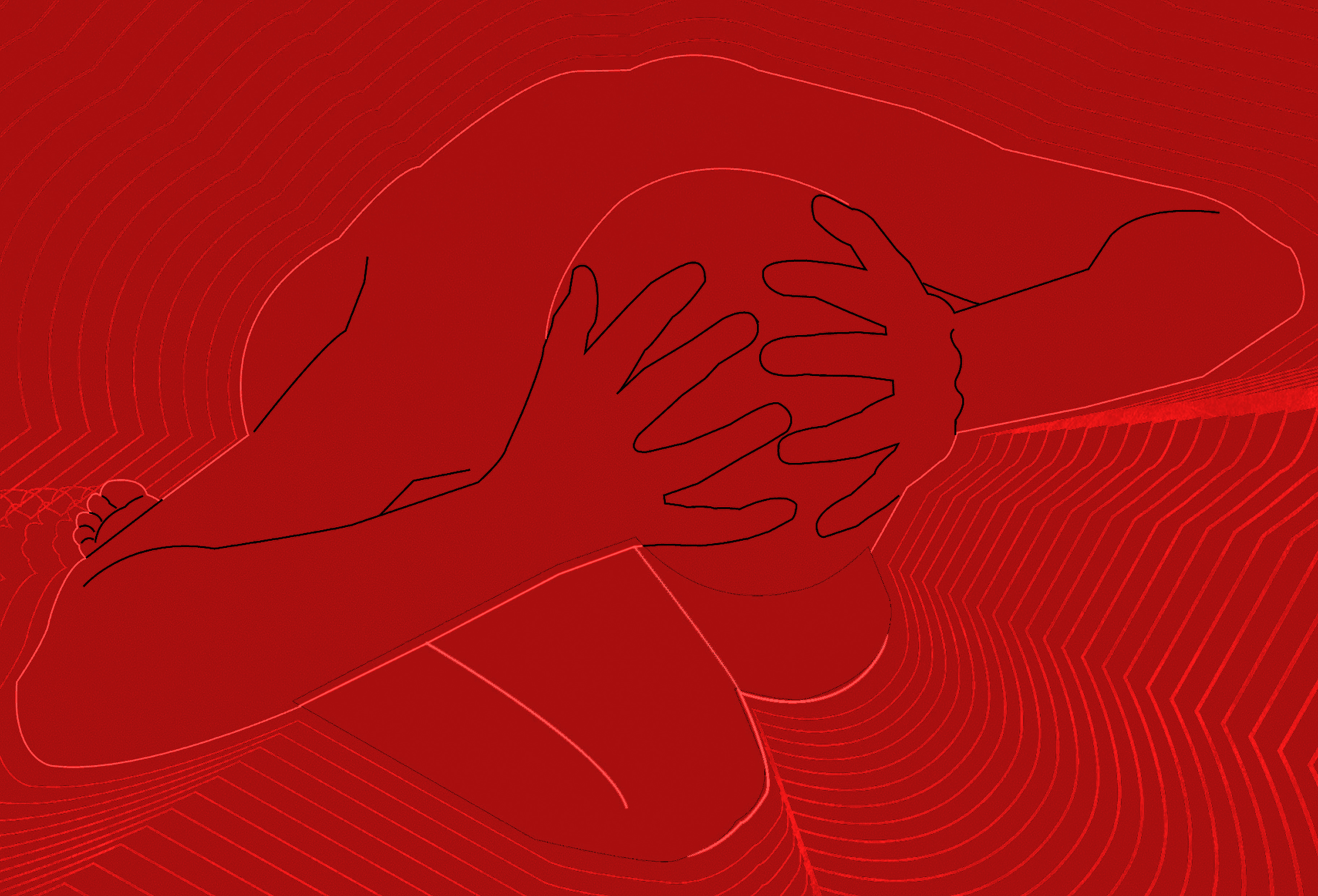
NO ONE, IT seemed, knew what the patient clutching the stuffed blue bunny was feeling. At 33, he looked like a bewildered boy, staring at the doctors who crowded into his room in Massachusetts General Hospital. Lumpy oyster-sized growths shrouded his face, the result of a genetic condition that causes benign tumors to develop on the skin, in the brain, and on organs, hindering the patient's ability to walk, talk, and feel normally. He looked like he was grimacing in pain, but his mother explained that her son, Josh, did not have a clear threshold for pain or other sensations. If Josh felt any discomfort at all, he was nearly incapable of expressing it.
"Any numbness?" asked Joel Salinas, a soft-spoken doctor in the Harvard Neurology Residency Program. "Like it feels funny?" Josh did not answer. Salinas pulled up a blanket, revealing Josh's atrophied legs. He thumped Josh's left leg with a reflex hammer. Again, Josh barely reacted. But Salinas felt something: The thump against Josh's left knee registered on Salinas' own left knee as a tingly tap. Not just a thought of what the thump might feel like, but a distinct physical sensation.
That's because Salinas himself has a rare medical condition, one that stands in marked contrast to this patient's: While Josh appeared unresponsive even to his own sensations, Salinas is peculiarly attuned to the sensations of others. If he sees someone slapped across the cheek, Salinas feels a hint of the slap against his own cheek. A pinch on a stranger's right arm might become a tickle on his own. "If a person is touched, I feel it, and then I recognize that it's touch," Salinas says.
The Week
Escape your echo chamber. Get the facts behind the news, plus analysis from multiple perspectives.

Sign up for The Week's Free Newsletters
From our morning news briefing to a weekly Good News Newsletter, get the best of The Week delivered directly to your inbox.
From our morning news briefing to a weekly Good News Newsletter, get the best of The Week delivered directly to your inbox.
The condition is called mirror-touch synesthesia, and it has aroused significant interest among neuroscientists in recent years because it appears to be an extreme form of a basic human trait. In all of us, mirror neurons in the premotor cortex and other areas of the brain activate when we watch someone else's behaviors and actions. Our brains map the regions of the body where we see someone else caressed, jabbed, or whacked, and they mimic just a shade of that feeling on the same spots on our own bodies. For mirror-touch synesthetes like Salinas, that mental simulacrum is so strong that it crosses a threshold into near-tactile sensation, sometimes indistinguishable from the synesthete's own. Neuroscientists regard the condition as a state of "heightened empathic ability."
This might sound like a superpower of sorts, a mystical connection between one person's subjective experience and another's. But to be clear, Salinas cannot read minds. He doesn't know whether Josh felt the impact of the reflex hammer, and the tingling in his kneecap says more about his own extraordinary nervous system than it does about that of his patient. What's more, for those who experience mirror-touch synesthesia — an estimated 1.6 percent of the general population — the condition is often more debilitating than it is empowering.
Mirror-touch synesthetes struggle with the constant intrusion of others' feelings. At a symposium on mirror-touch synesthesia last year in London, a woman named Fiona Torrance, of Liverpool, described how she had once seen one man punch another. She promptly passed out. "I felt the punch," she explained. To this day, she takes medication to control the sensory onslaught. A recent episode of the NPR program Invisibilia profiled another woman with the condition who has essentially become a shut-in.
Salinas, then, is a remarkable case in a couple of ways. As a neurologist, not only is he far better equipped than most people to understand the peculiarities of his own brain, but he also exposes himself daily to immense doses of other people's pain and discomfort. His patients suffer from strokes, spinal cord injuries, and a myriad of other disorders and injuries. Some are also depressed, anxious, or in extreme pain. When Salinas performs a spinal tap on a patient, he can feel the needle going into his own lower back. When a psychotic patient goes into a rage, Salinas feels himself getting worked up. When a patient dies, Salinas feels an involuntary glimmer of the event firsthand. His body starts to feel vacant — empty, like a limp balloon. And then he moves on to the next patient.
A free daily email with the biggest news stories of the day – and the best features from TheWeek.com
FOR CENTURIES, SCIENTISTS have known that some people's senses get crossed. Some of us hear words in colors. Others see music in bright bursts or glimmers. Studies have shown that about 4 percent of the population has some form of synesthesia, which tends to run in families. And if you have one form of synesthesia, it appears likely that you will have another as well.
Salinas, for instance, also sees letters and numbers in colors, a condition known as grapheme-color synesthesia. He also associates these colored characters with personality traits and feelings. For example, a certain person might feel like a five, which to Salinas is a red-orange color that he associates with pride and self-interest. "People with strong fours and sevens are a cool grayish blue — sky blue with Russian blue. Very soothing."
Mirror-touch synesthetes vary in how intensely they register the feelings of others. Some report feeling sensations of pain more viscerally, and even claim to feel temperatures vicariously. Others describe feeling another person's pain as a mere tickle, tingle, or twinge. Salinas experiences other people's sensations of injury and intense emotions, but only to a muted, partial degree. If he saw someone being stabbed in the arm, he says, he would not feel the sharpness of the blade but rather "an echo of pain" on his own arm.
While other types of synesthesia have been studied for ages, scientists have only been studying mirror-touch synesthesia for a little over a decade. Researchers have found that subjects with mirror-touch synesthesia recognize the facial emotions of others better than people without the condition. They've also found that mirror-touch synesthetes tend to have a greater volume of gray matter in areas of the brain linked to social cognition and empathy, and less brain volume in the temporoparietal junction, which plays a key role in distinguishing self from other.
There is still a huge amount to be learned about the condition, and the specific mechanisms behind mirror-touch synesthesia remain somewhat mysterious. Outside a tiny world of researchers, the condition is so little known, and sounds so otherworldly, that it is still often met with skepticism — which is why, for Salinas, coming out as someone with synesthesia has felt similar to coming out as gay. "You never know who is going to be open to it. It's not something you easily bring up in conversation."
SALINAS WAS BORN in Miami to a pair of political refugees from Nicaragua. As an emotionally precocious and hypersensitive child, Salinas avoided the sensory overstimulation of sports and running around with packs of kids. He preferred to read alone, or sit with adults. He remembers being fascinated by their faces, their reactions. Sometimes he engaged in self-soothing behaviors, like flapping his arms. "People probably thought I was autistic," Salinas says.
But in high school's morass of angst-ridden teenagers, Salinas was forced to learn how to regulate his own emotional responses. He learned whom to stay away from, how to calm his own mind, how to let sensations pass — skills that he would come to master and rely upon as a physician. The key was learning to direct his attention.
Salinas' ability to achieve a kind of serenity in the middle of chaos was fortified during his time as a medical student and resident, especially when he worked in the emergency room. It would take all of Salinas' strength to stay professional as he treated car-crash victims, informed distraught families that their loved ones were brain-dead, and, most vividly, treated a man whose arm had been ripped off by a train. To calm himself he would take deep breaths and focus on the calmest person in the room.
Surprisingly enough, it wasn't until the summer after his first year in medical school that Salinas realized his condition was unusual, and that it had a name. During a medical trip to India, he heard a friend with a neuroscience Ph.D. talking about people who experience colors as sound. Salinas pulled him aside afterward and asked, "Isn't that everybody?" Salinas had always figured that others saw the world the way he did, in colors and feelings. "I just figured it was like being human," he said.
THERE ARE MANY ways in which mirror-touch synesthesia probably makes Salinas a better doctor. In recent years, there has been a lot of talk in medical circles about the decline of doctors' observational powers; as more and more diagnostic work is done by machines, the fear is that physicians are becoming worse at paying close attention to patients with their own eyes and ears. Some hospitals have even taken to offering doctors modified classes in art appreciation, in an attempt to revive their atrophying skills of pattern recognition and awareness.
Salinas' condition arguably makes him unusually gifted at these tasks. Empathy itself is another quality that modern doctors are said to lack in sufficient doses. Here, too, Salinas' mirror-touch synesthesia gives him advantages — particularly his heightened facility for reading people's facial expressions and emotional states.
On the day I shadowed him at Massachusetts General Hospital, an HIV patient with a fungal infection in her brain lay in bed, screaming, hacking, and vomiting. She had fluid backing up in her lungs. The nurse in charge was visibly stressed. The family stood nearby looking terrified. Salinas felt the nurse's anxiety and the family's distress. As he later described to me, he could feel the patient's constricted chest, his own chest rising and falling with hers. When she took a turn for the worse and was intubated, Salinas said, he felt the tightening of his vocal chords as if being intubated himself. Yet as I watched him manage the emergency, he never seemed ruffled.
At 7 p.m., the end of his shift, Salinas removed his white doctor's coat and replaced it with a heavy black parka with a fuzzy hood. I followed alongside as he made his way to an elevator, stepped out into a crowded main lobby and then into the bustling Boston streets, filled with commuters. I asked what it felt like for him to move through the throng of people. Could he describe it to me moment by moment?
When the elevator doors opened, a man on a knee scooter, his left leg folded up beneath him on the seat, had rolled in after us. Salinas told me he'd felt his own leg folded beneath him at the knee. He began to point out people around him: A woman with a phone pressed against the right part of her face; he felt the hardness of the phone. A woman rushing down a set of stairs, her bobbing hair in a bun, a few strands against her face; he felt the wispiness.
His descriptions came rapid-fire as the crowd swelled. Feelings, gestures, movements, facial expressions; so many people passing by so fast that I wouldn't have paid the slightest attention to them on my own. A husky man in a corridor wearing a knit hat: "I felt the heaviness of the knit hat on my head." A woman sitting at a table on a balcony, tapping her fingers together: Salinas felt the fingers touch. Another woman at the bottom of the escalator, legs crossed: He felt the tangle of the legs.
In hearing his stream of descriptions, I could almost understand what Salinas meant when he described the daily bombardment of ambient feelings as a kind of white noise. It's as if Salinas feels everything and nothing at the same time. By necessity, he keeps himself remarkably detached from all the errant sensations that tug at his attention. He would probably lose his sense of self if he didn't. And the most surprising thing about him, once you know all this, is that being in his presence is calming.
Excerpted from an article that originally appeared in Pacific Standard. Reprinted with permission.
-
 How climate change is affecting Christmas
How climate change is affecting ChristmasThe Explainer There may be a slim chance of future white Christmases
-
 The MAGA civil war takes center stage at the Turning Point USA conference
The MAGA civil war takes center stage at the Turning Point USA conferenceIN THE SPOTLIGHT ‘Americafest 2025’ was a who’s who of right-wing heavyweights eager to settle scores and lay claim to the future of MAGA
-
 The 8 best drama movies of 2025
The 8 best drama movies of 2025the week recommends Nuclear war, dictatorship and the summer of 2020 highlight the most important and memorable films of 2025
-
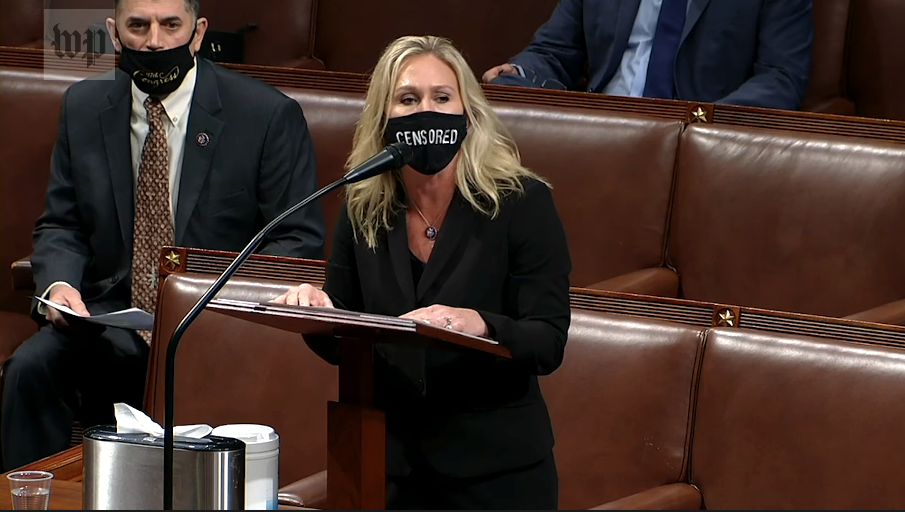 Democrats plan to make every House Republican take a vote on GOP Rep. Marjorie Taylor Greene
Democrats plan to make every House Republican take a vote on GOP Rep. Marjorie Taylor GreeneSpeed Read
-
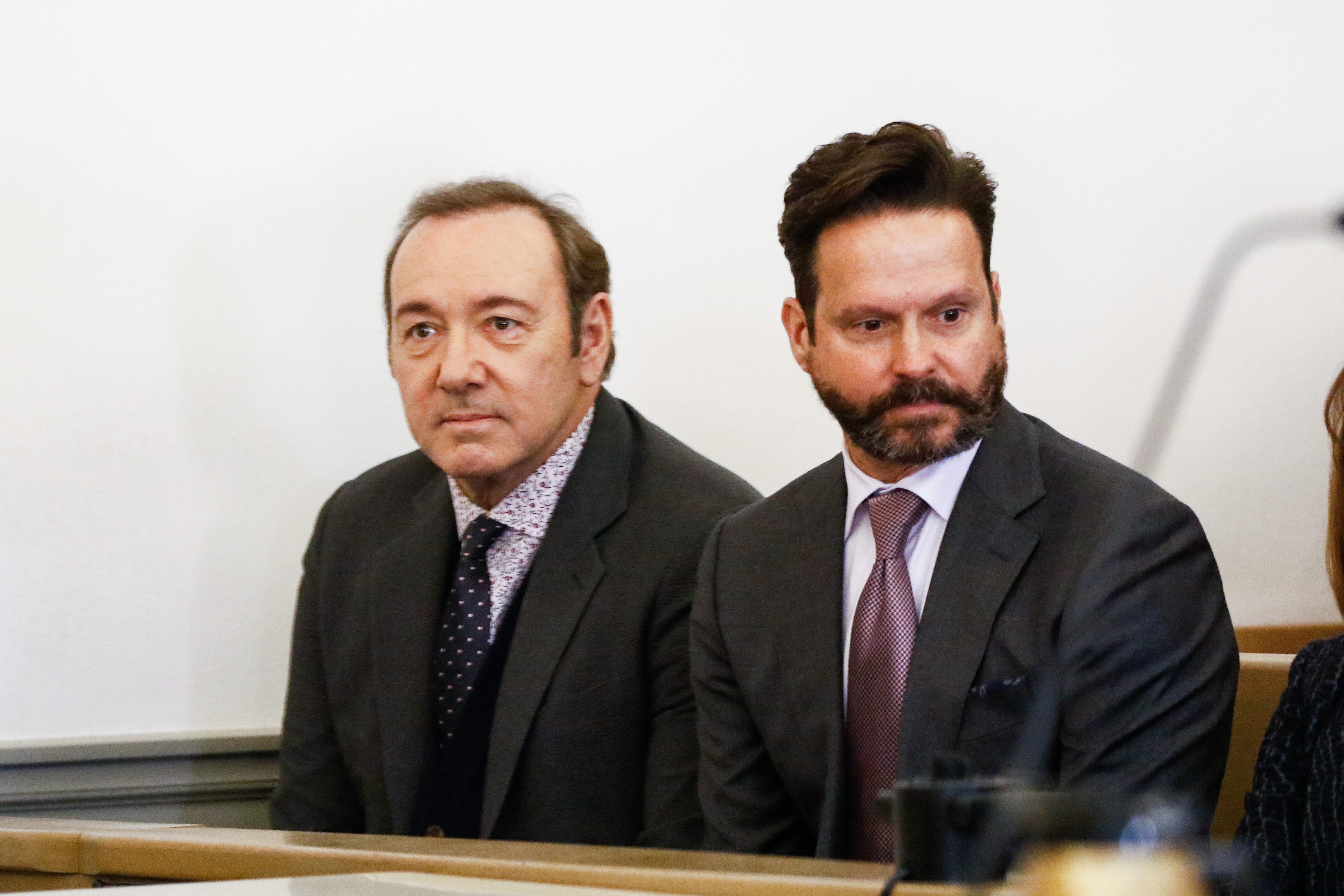 Judge unsure if Kevin Spacey case will 'continue or collapse' after accuser pleads the 5th
Judge unsure if Kevin Spacey case will 'continue or collapse' after accuser pleads the 5thSpeed Read
-
 Devastating floods in Mozambique can now be seen from outer space
Devastating floods in Mozambique can now be seen from outer spaceSpeed Read
-
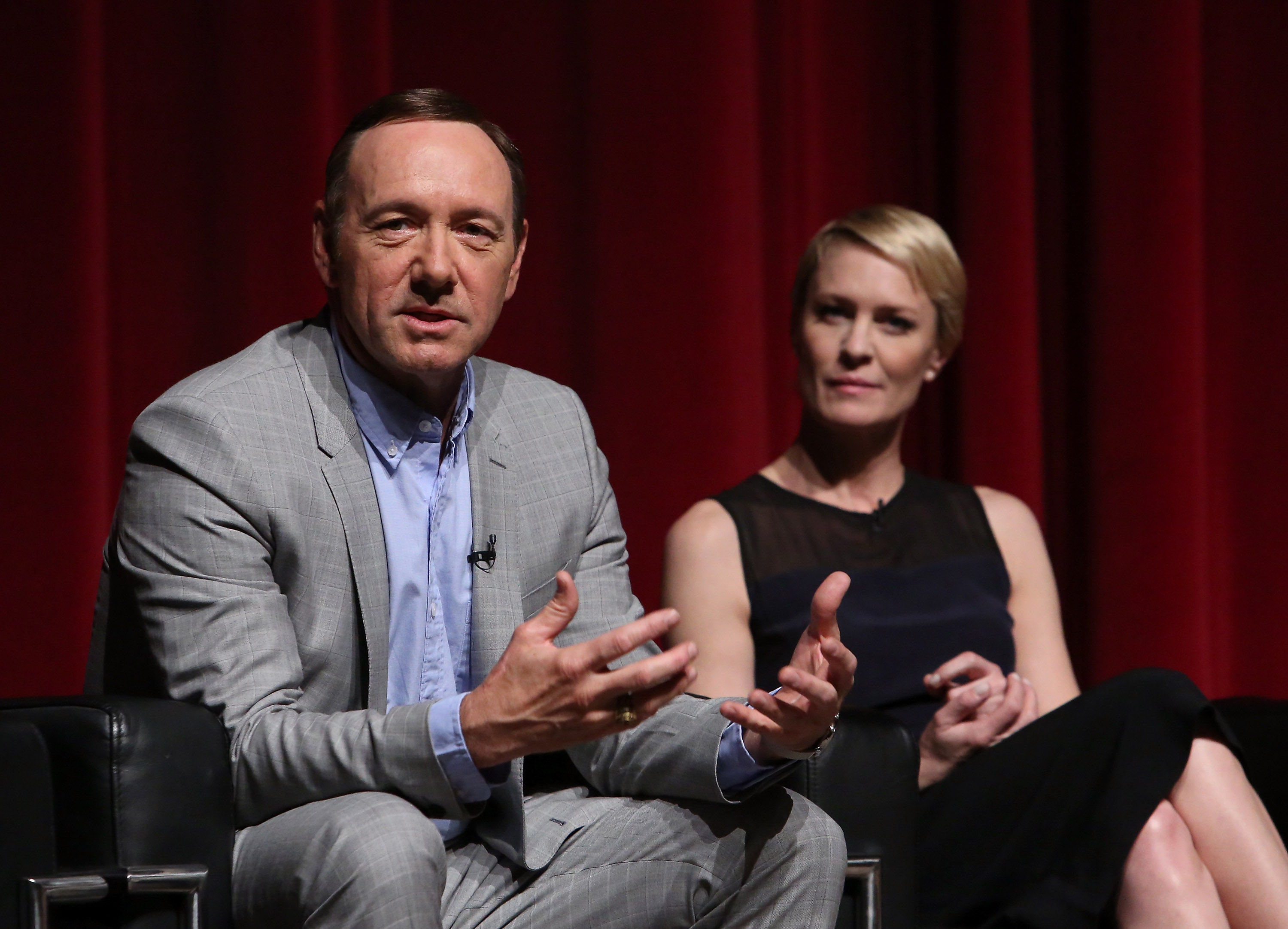 Robin Wright has finally commented on Kevin Spacey's sexual misconduct allegations
Robin Wright has finally commented on Kevin Spacey's sexual misconduct allegationsSpeed Read
-
 Indiana science teacher stops middle school shooting: 'He's a hero today'
Indiana science teacher stops middle school shooting: 'He's a hero today'Speed Read
-
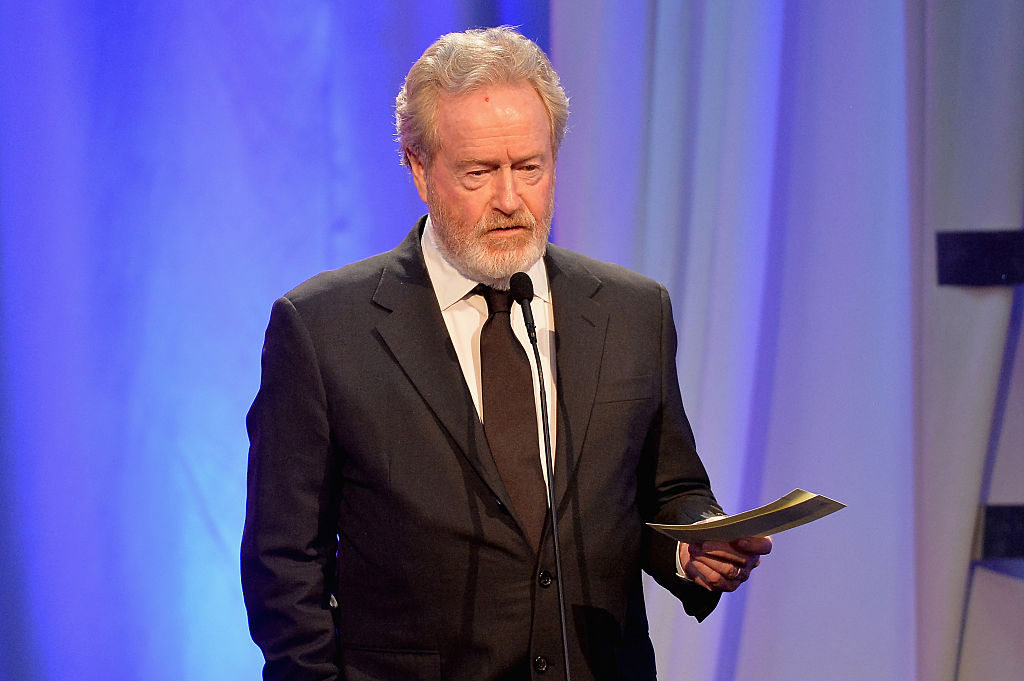 Here's how Ridley Scott replaced Kevin Spacey in All the Money in the World
Here's how Ridley Scott replaced Kevin Spacey in All the Money in the WorldSpeed Read
-
 Kevin Spacey cut from completed Ridley Scott movie, replaced by Christopher Plummer
Kevin Spacey cut from completed Ridley Scott movie, replaced by Christopher PlummerSpeed Read
-
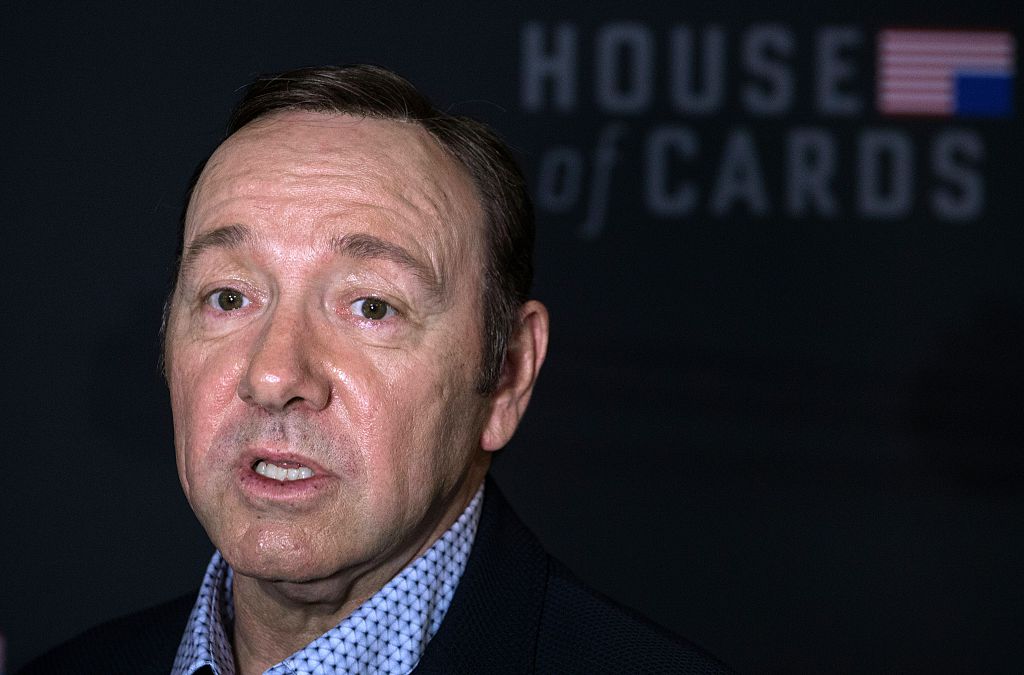 Netflix cuts ties with Spacey as sexual assault allegations snowball
Netflix cuts ties with Spacey as sexual assault allegations snowballSpeed Read